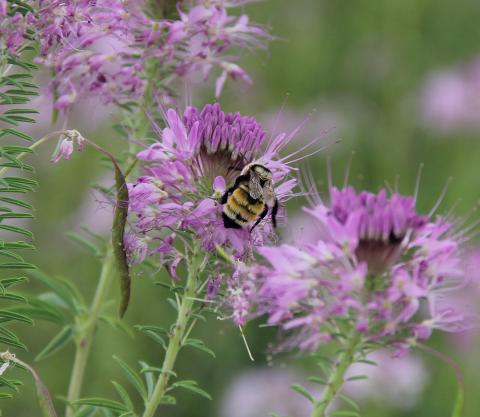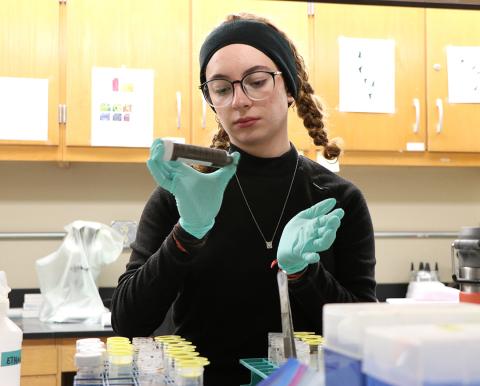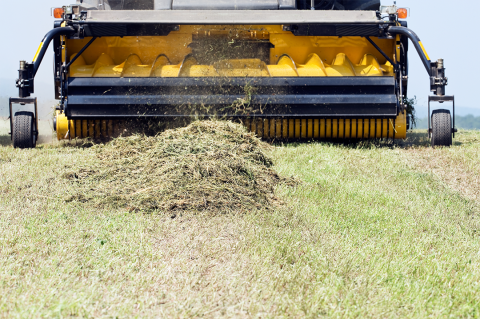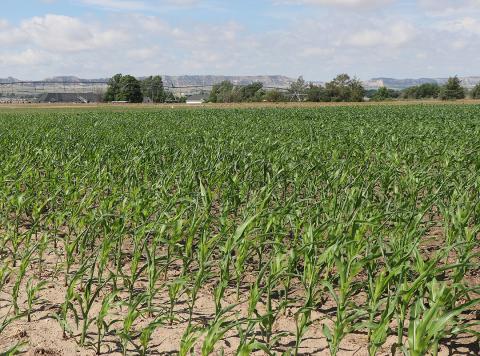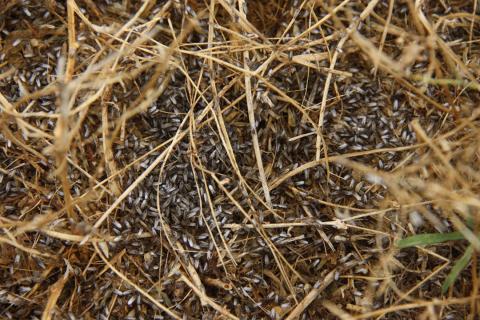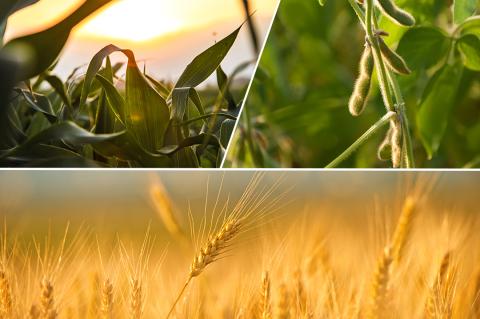
U.S. Acreage Report for 2024
July 2, 2024
Nationwide, acreage planted for corn is down 3% from last year and soybean acreage is up 3%.
2024 Women in Ag Conference Scheduled for August
July 1, 2024
This year's conference will feature presentations by Nebraska Extension and NRCS on pollinators and other beneficial insects, specialty crops and backyard farming, and animal husbandry, plus discussions on mental health and wellness.
Researchers Look at Roots for Insight into Drought-tolerant Wheat
July 1, 2024
Husker researchers are investigating how wheat root systems impact yield in historical and new varieties to inform the UNL wheat breeding program for future cultivars.
Pasture and Forage Minute: Hay Harvest, Weather Impacts on Forage Growth and Grazing Strategies
July 1, 2024
Nebraska Extension educators share tips on adjusting grazing strategies for summer weather and forage growth, and targeting the best date for sub-irrigated meadow hay harvest.
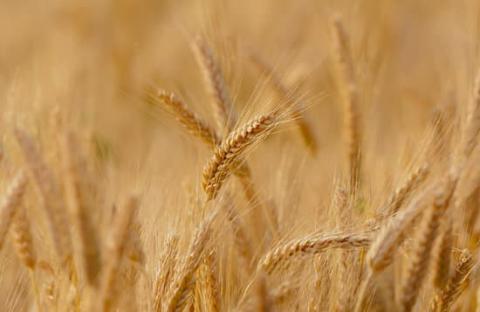
Crop Progress: Winter Wheat Harvest Underway
July 1, 2024
Dry bean planting has come to an end in Nebraska, and producers are now working on winter wheat harvest.
Pasture and Forage Minute: Considerations for Alfalfa Disease, Harvesting During Wet Summers and Weevil Feeding on Regrowth
June 25, 2024
Recommendations for alfalfa producers on managing windrow disease, navigating rain issues during harvest, and estimating alfalfa weevil thresholds when regrowth feeding has been observed.
Heat a Factor of Recent Crop Water Usage
July 1, 2024
Nebraska Extension Educator Gary Stone shares an update on crop recovery after recent severe weather and crop water use estimates for this week as temperatures reach triple digits in the Panhandle.
False Chinch Bugs Found in Nebraska
July 1, 2024
False chinch bugs are usually considered an incidental pest, but wilting and feeding damage is occasionally noticed when a large number of the bugs feed on plants.


